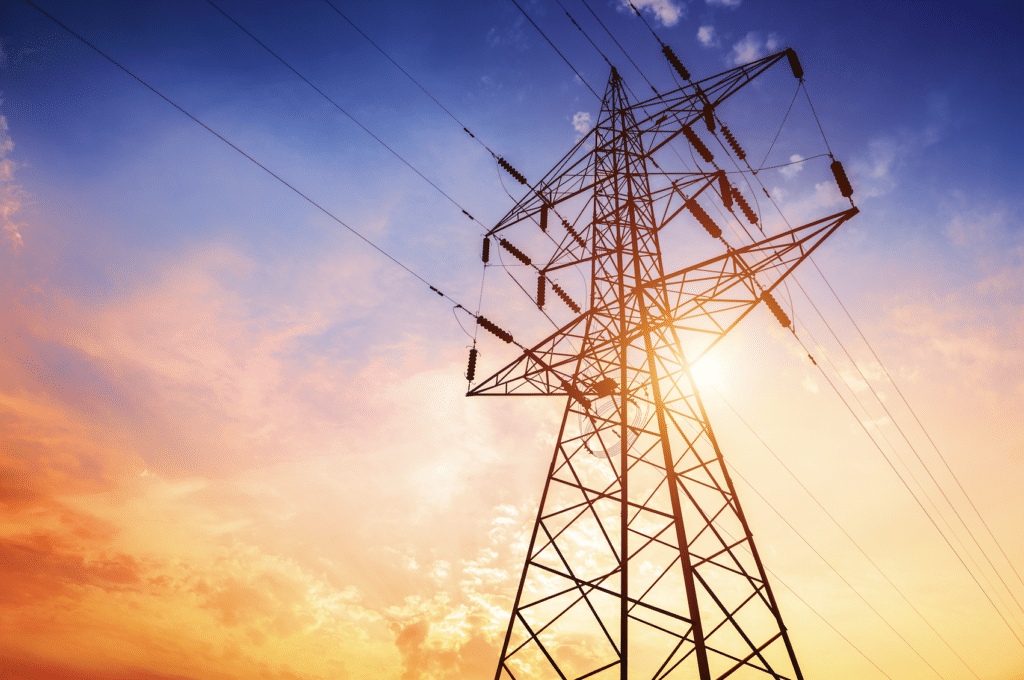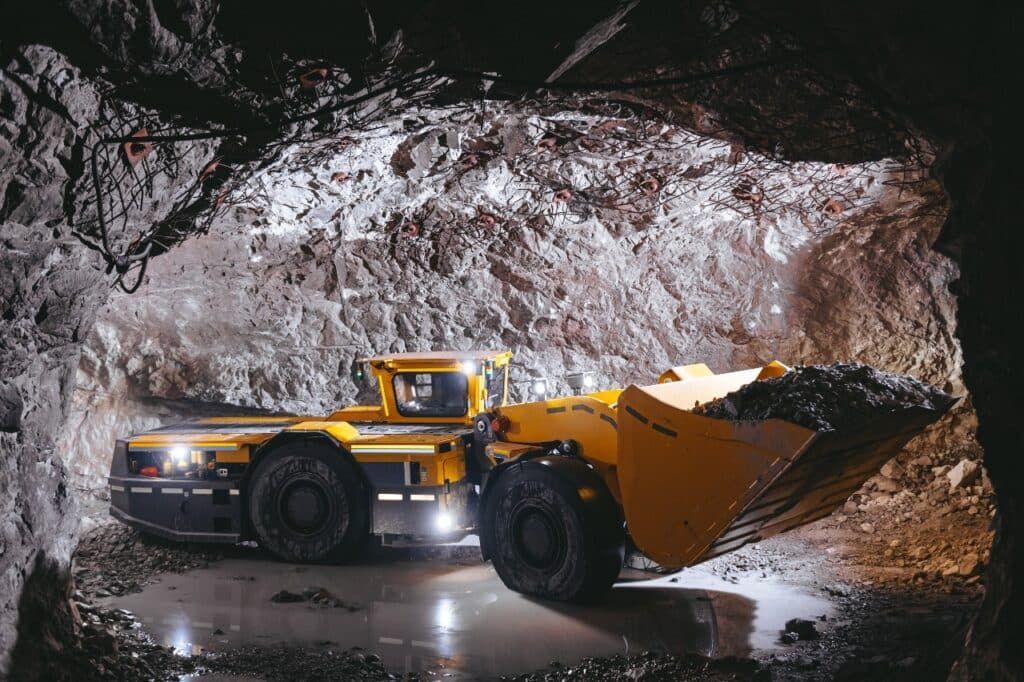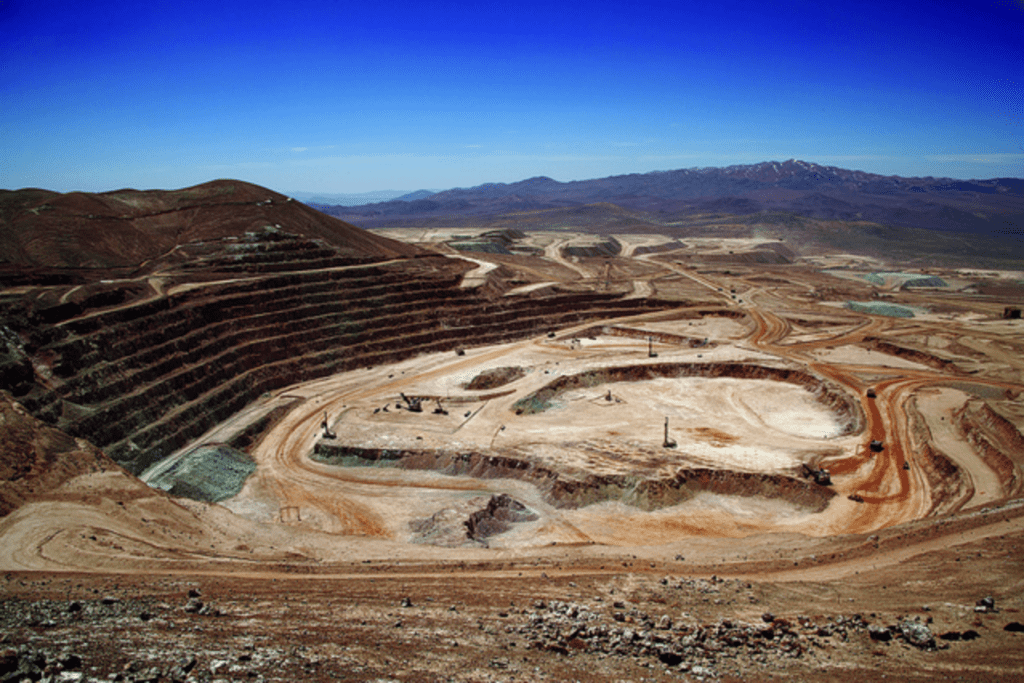Lynas powers through low rare earths prices
Lynas Rare Earths made strong progress across its growth projects during the March 2024 quarter amid lower rare earths prices.
“Sales revenue and sales receipts for the quarter, at $101.2 million and $107.7 million respectively, reflected the low average NdPr price during the quarter and also our decision to hold both NdPr (neodymium–praseodymium) and SEG (mixed heavy rare earths) inventory rather than sell into the low price environment,” Lynas chief executive officer Amanda Lacaze said.
Despite the low rare earths prices, Lynas achieved “excellent” production rates, with 1724 tonnes of NdPr produced during the period.
Construction activities at the Mount Weld expansion project also progressed well, with structural, mechanical, piping (SMP) and electrical works on Stage 1 (concentrate dewatering) being well advanced.
“The energisation and commissioning of the Stage 1 circuit will commence over the next few months, and the Stage 1 circuit will initially be tied into the existing operation,” Lacaze said.
“A staged commissioning approach reduces commissioning risk and enables a step-up in production capacity in the latter part of this calendar year whilst the remainder of the plant is constructed.”
Construction of Mount Weld’s Stage 2 (balance of plan) is also ramping up with all long lead equipment such as grinding mills and flotation cells on site. Concrete works at Stage 2 are also advancing and SMP works are set to commence in late April.
Following the first feed of material from Mount Weld into the Kalgoorlie facility in December 2023, Lynas continued to carry out final commissioning and initial production activities at the Kalgoorlie project. These activities remain ongoing.
“Introduction of concentrate into the process has informed additional works and activities,” Lacaze said. “This has included enhanced electrical back-up systems following the major electricity outage in late January, further testing of loading and unloading systems and additional testing of the flowsheet.
“Based on the continued finalisation of construction costs and the extended commissioning timeline, the updated project budget for the Kalgoorlie facility is estimated at a capital cost of approximately $800 million, an increase on the previous estimate of $730 million outlined in August 2023.”
After awarding Western Australian company Carey Group Holdings a five-year mining services contract in March, Carey commenced work at Mount Weld in April.
“The contract will draw on Carey’s nearly 30 years of experience as an open pit mining contractor and leading 100 per cent First Nations-owned business, including as a service provider to neighbouring mines near Laverton,” Lacaze said.
Last week, mining magnate Gina Rinehart snapped up a 5.82 per cent stake in Lynas amid her rare earths spending spree.
Source: https://www.australianmining.com.au/lynas-powers-through-low-rare-earths-prices/




